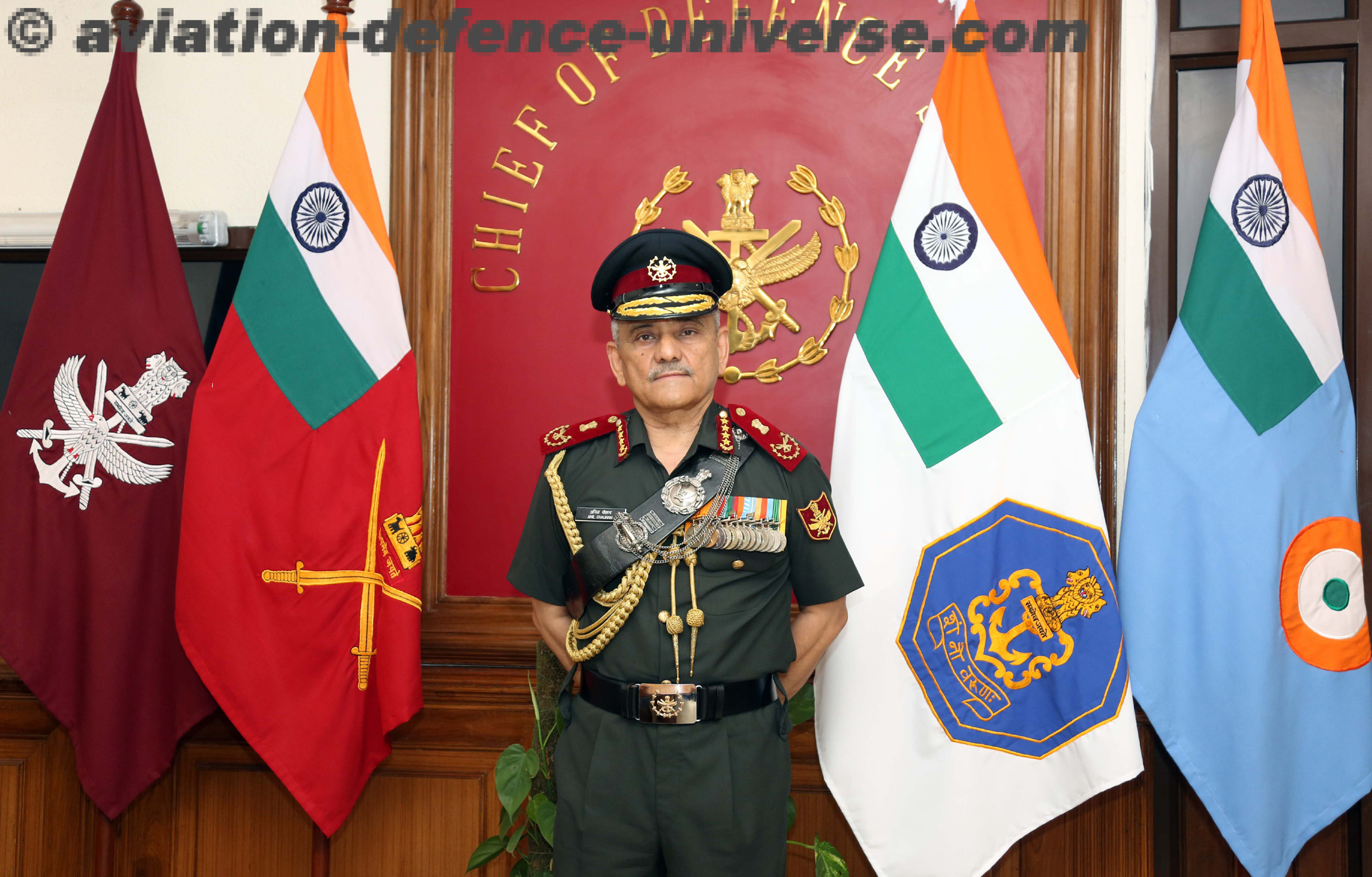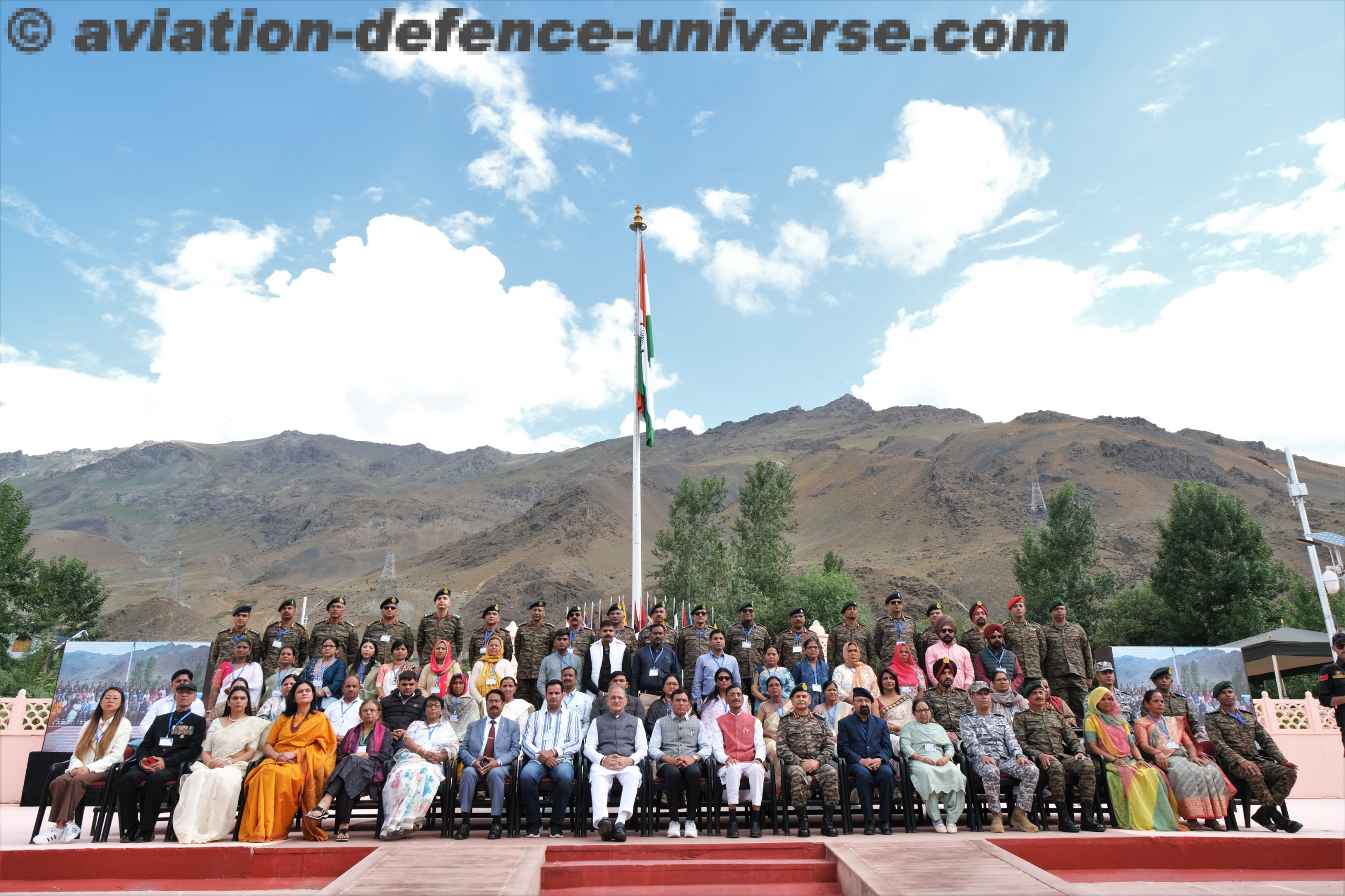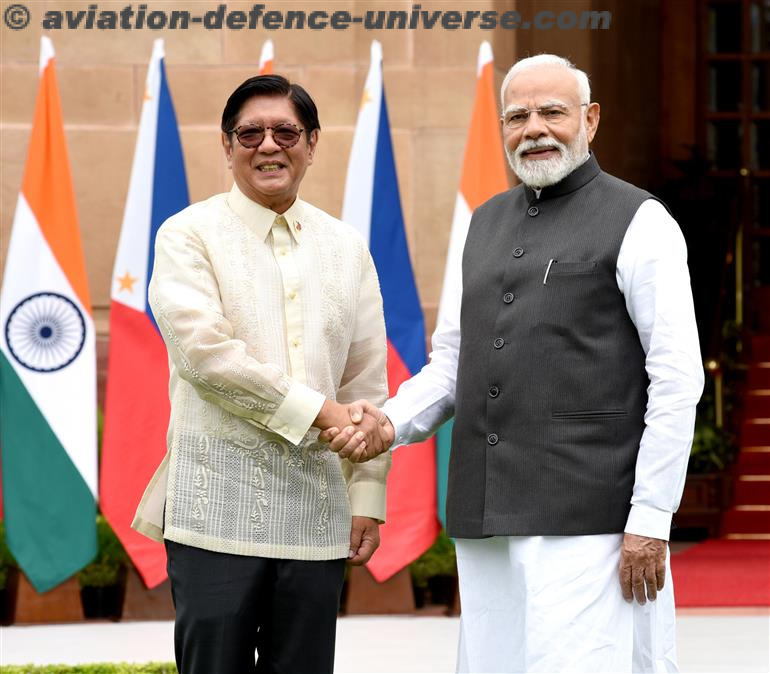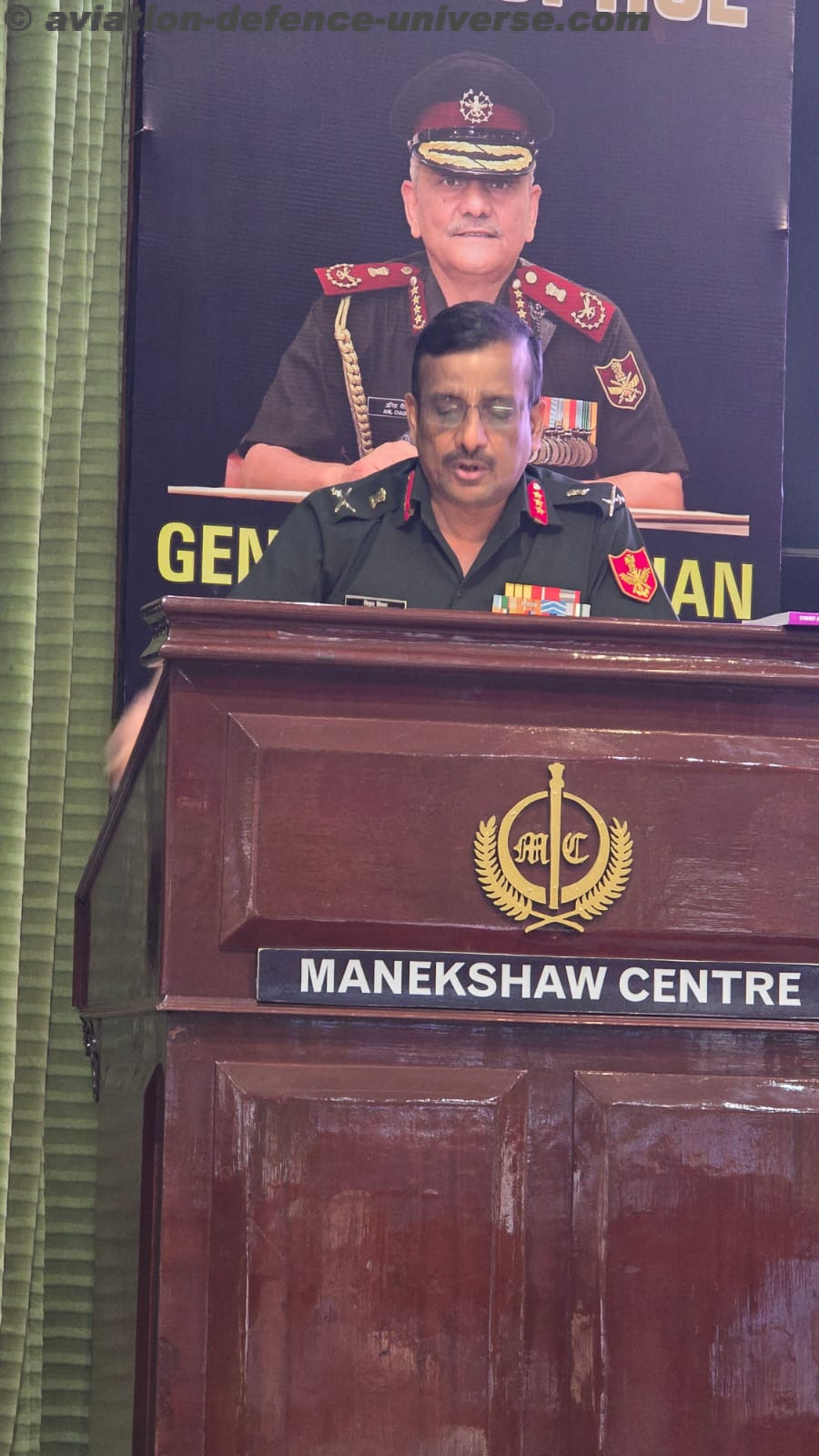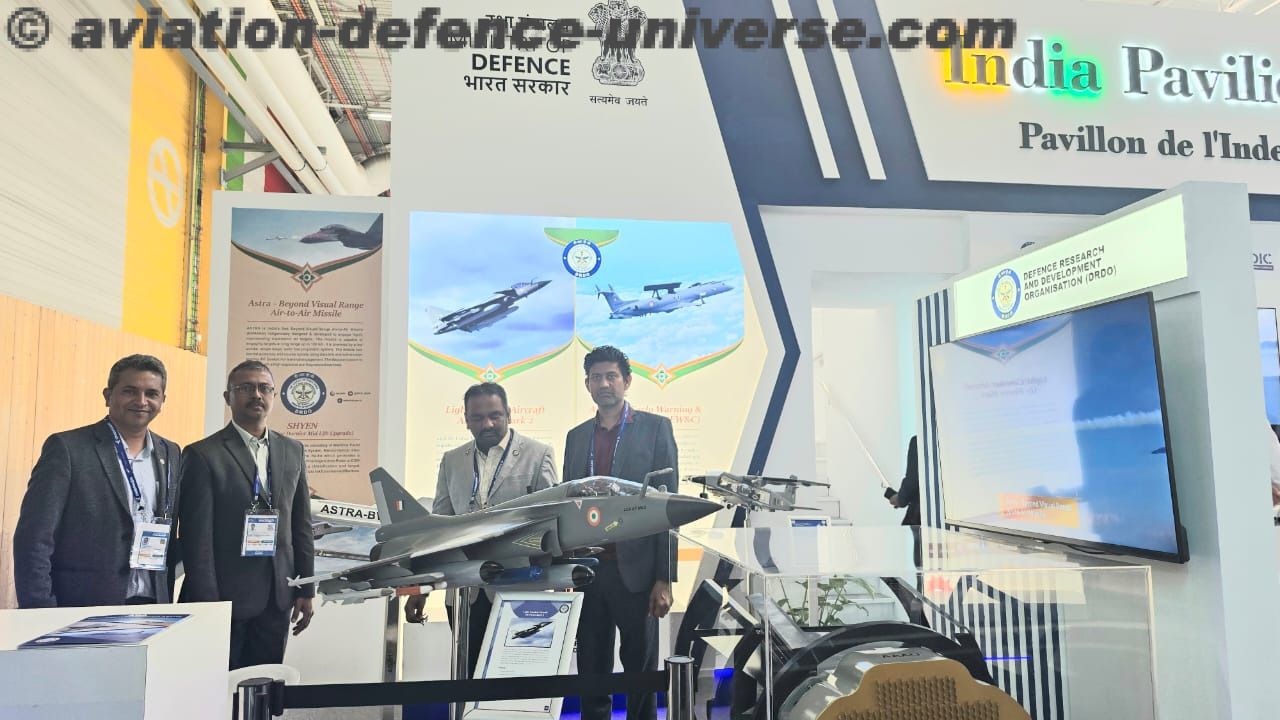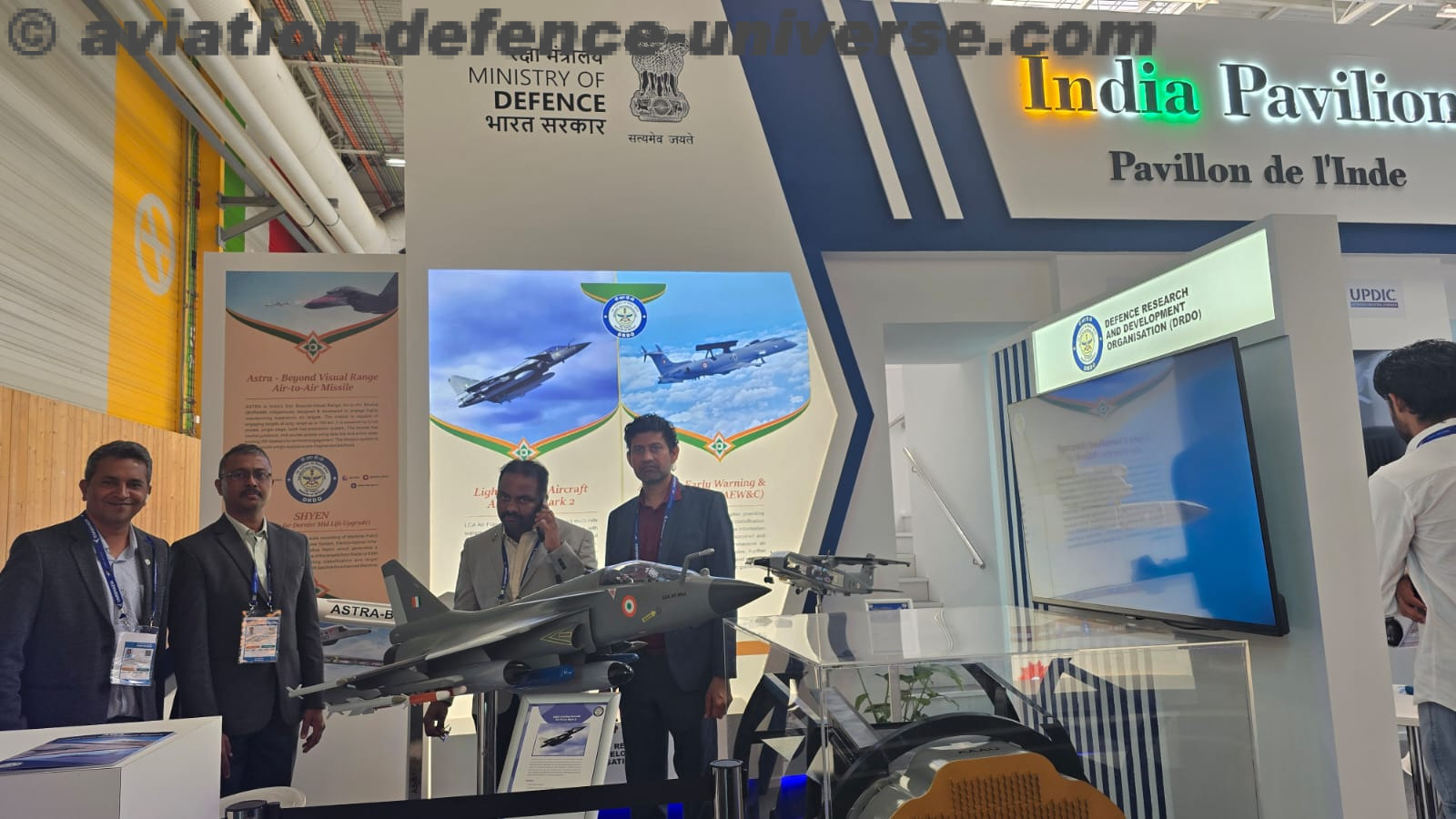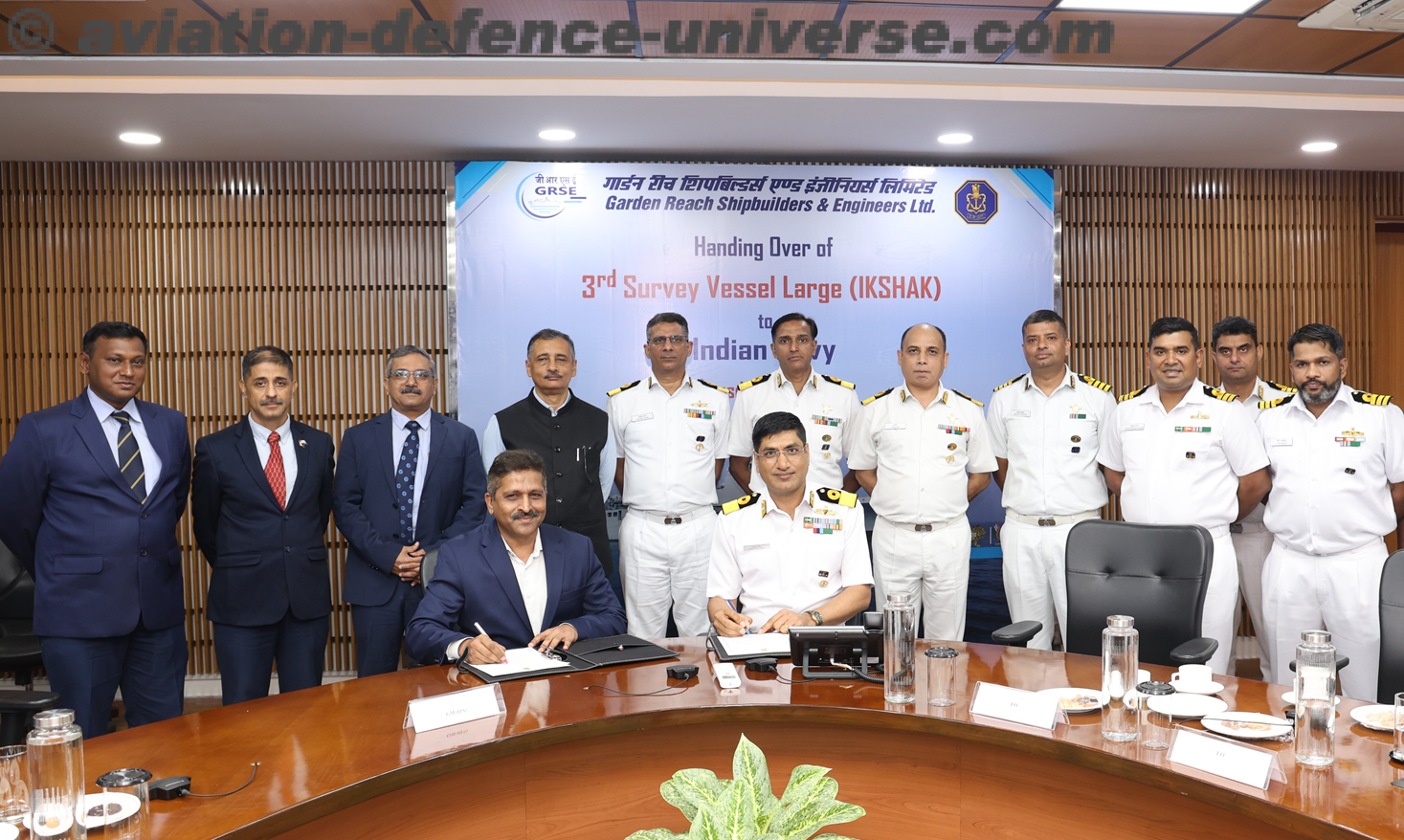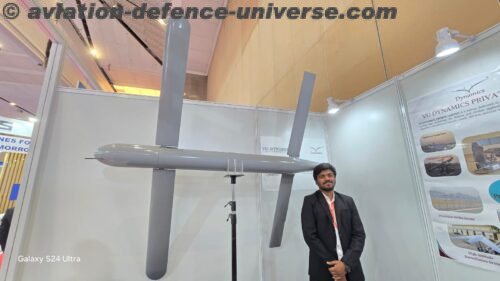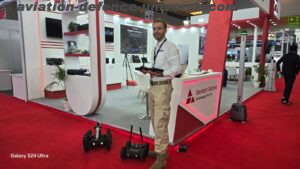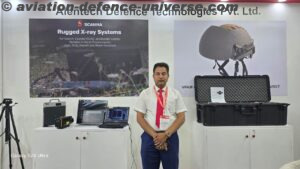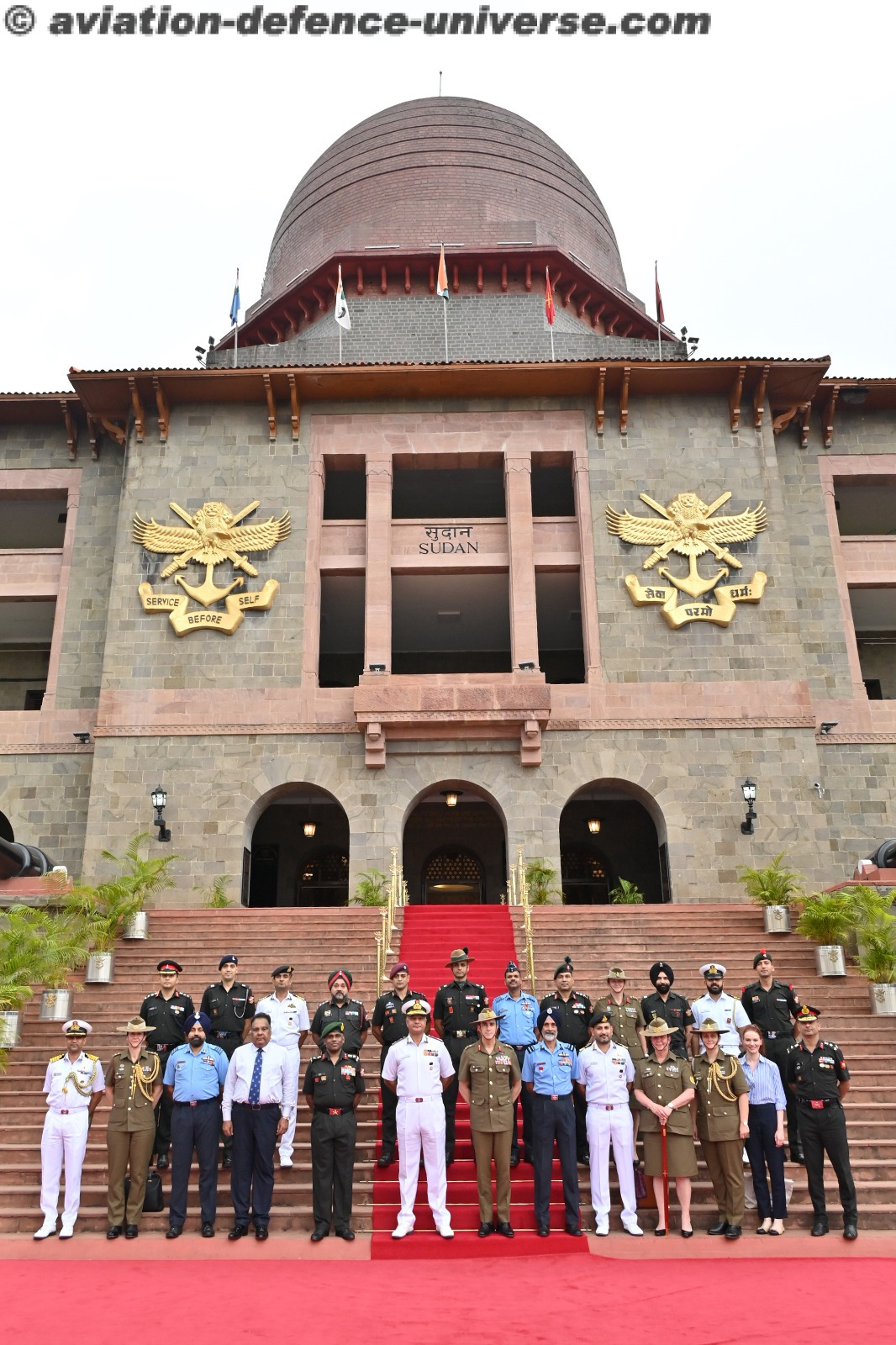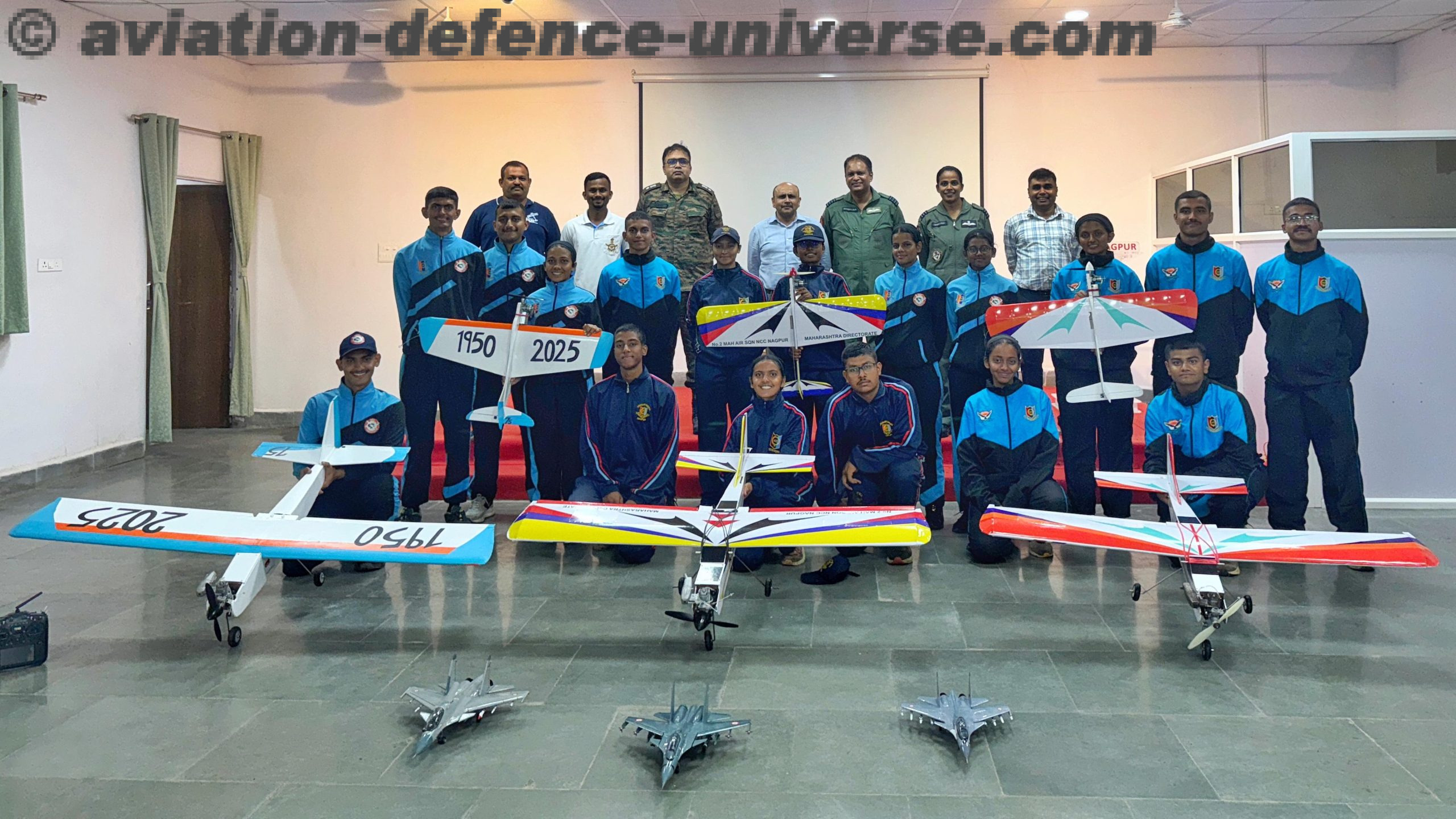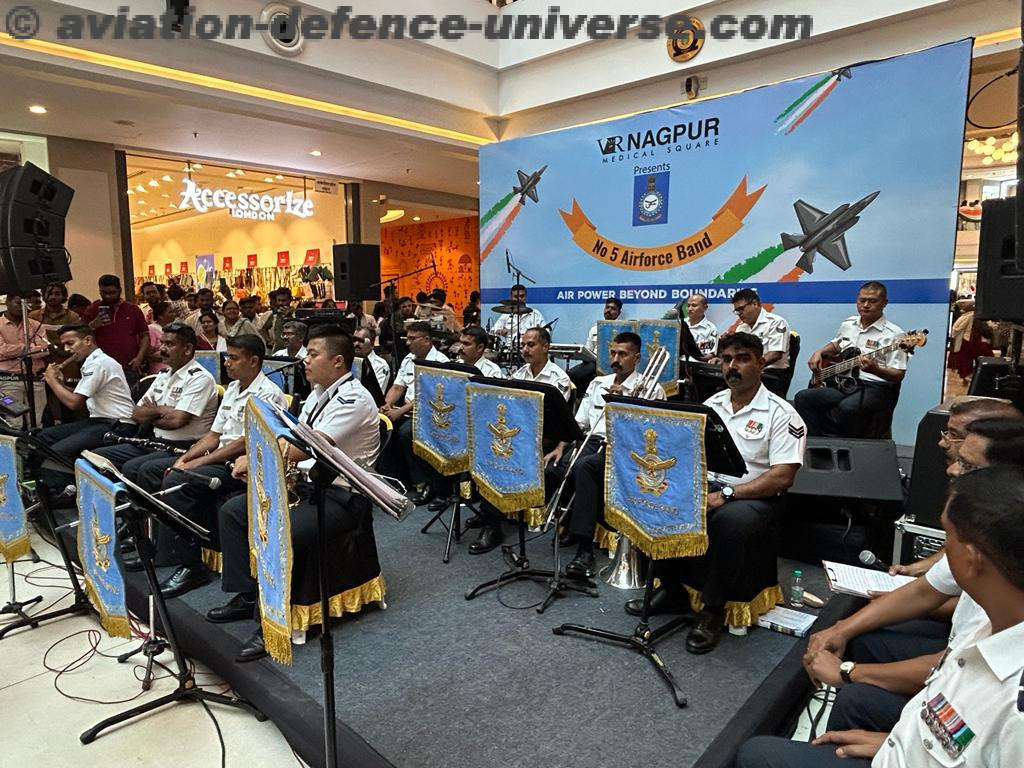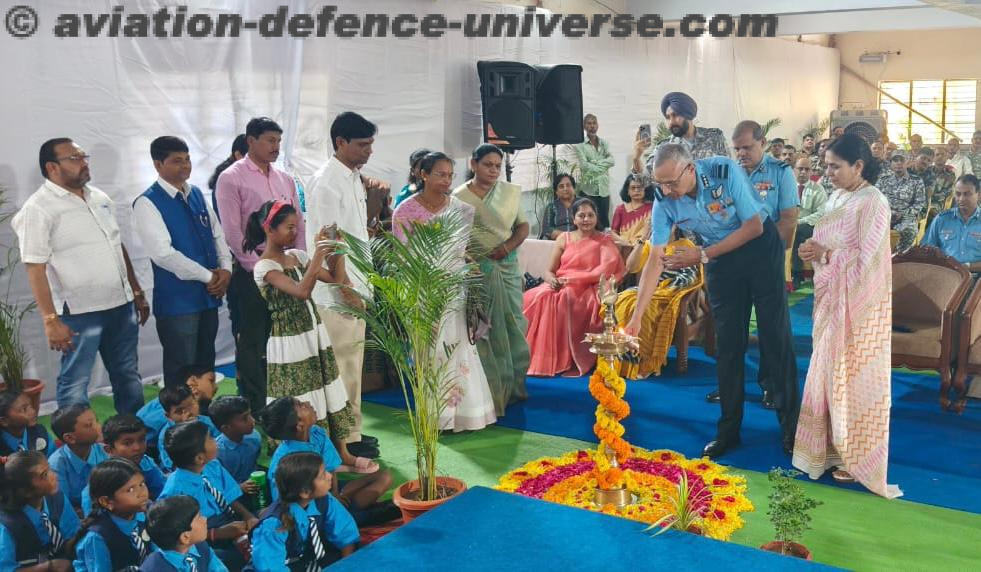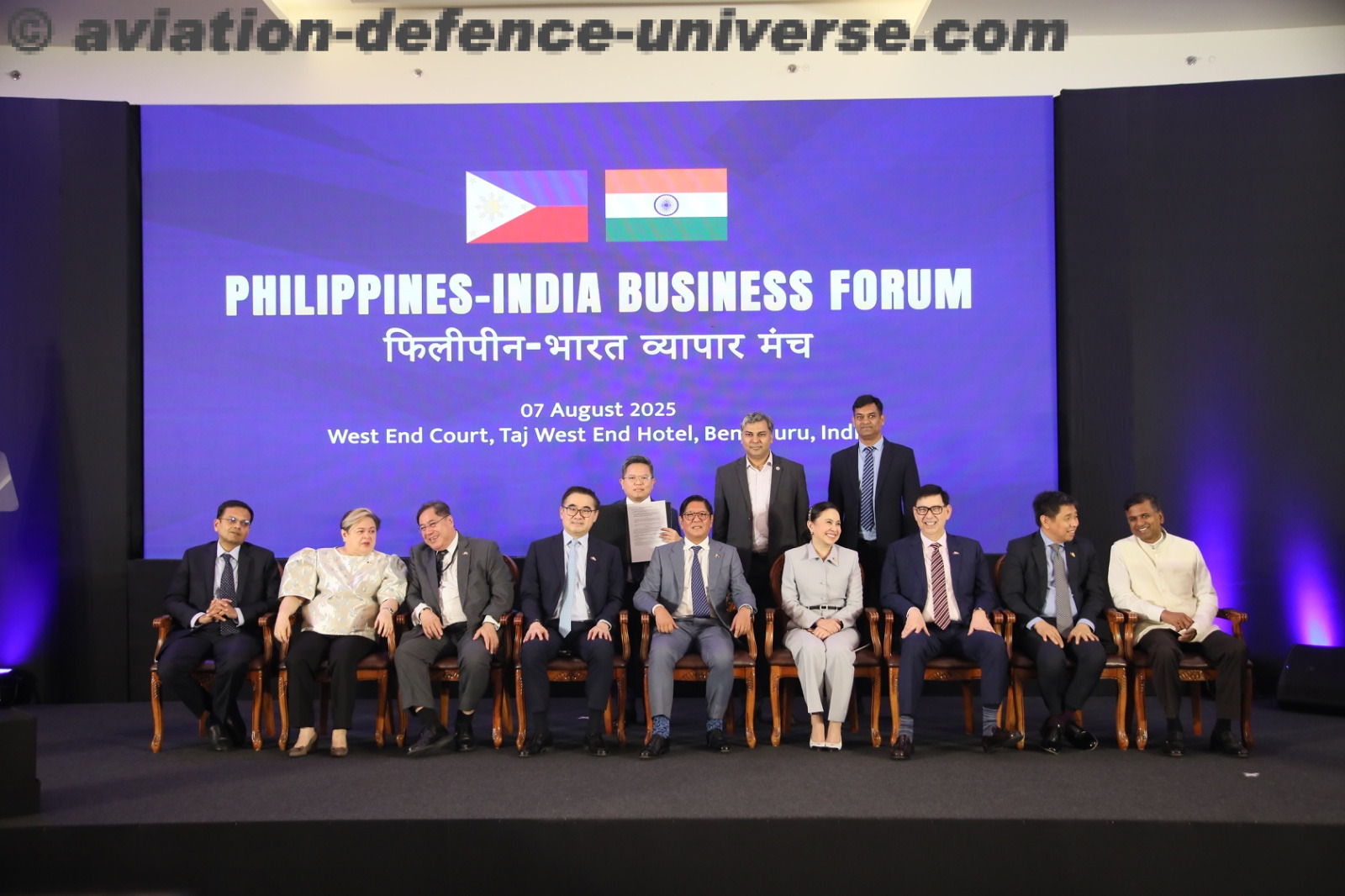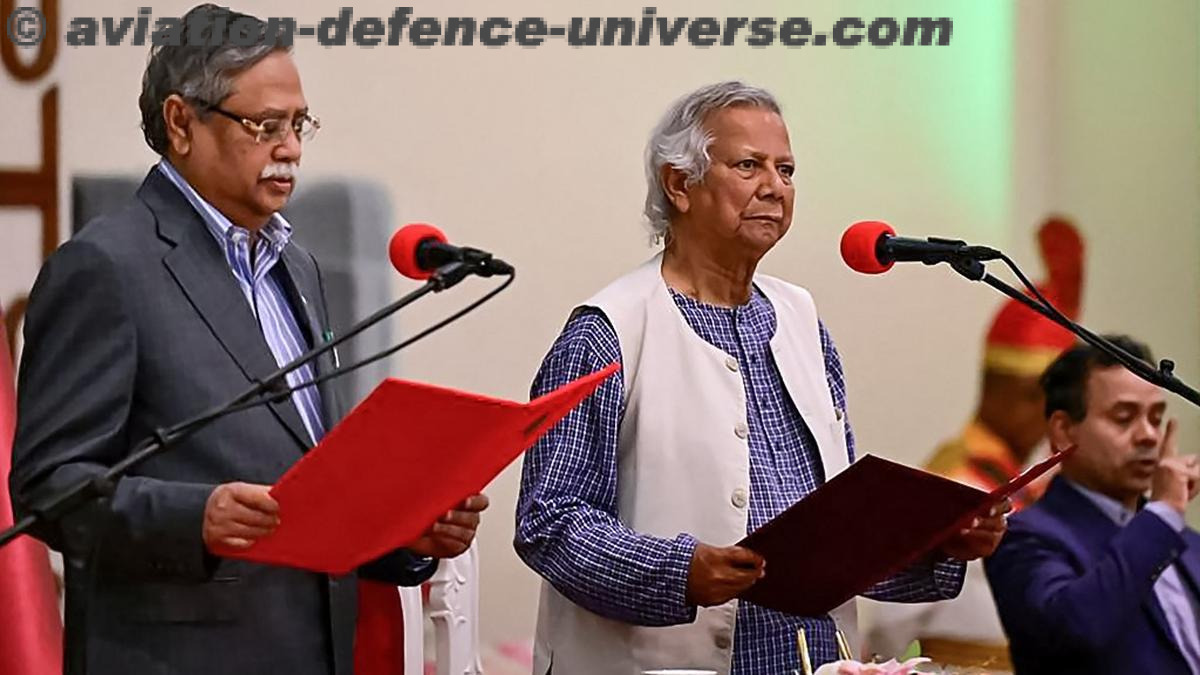- Inside a student-led defence tech breakthrough”
By Sangeeta Saxena
New Delhi. 30 April 2025. IIT Kanpur has emerged as a dynamic hub for aerospace innovation and entrepreneurship through its Startup Incubation and Innovation Centre (SIIC). With a strong legacy in aeronautical engineering and access to cutting-edge research facilities, the institute is uniquely positioned to foster startups in the aerospace and defence sectors. Its incubation ecosystem supports student- and faculty-led ventures working on unmanned aerial vehicles (UAVs), space technologies, avionics systems, and next-generation sensors.
Startups like Vu Dynamics, incubated at IIT Kanpur, exemplify this trajectory—leveraging technical mentorship, prototyping infrastructure, and collaborative opportunities with organizations such as DRDO and the Indian Air Force. The SIIC also plays a pivotal role in facilitating access to defence exhibitions, government grants, and pilot project deployments that give these ventures real-world testing grounds and market exposure.
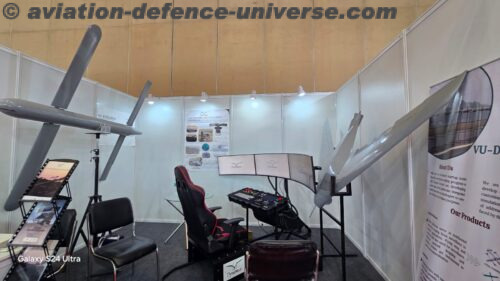 Through strategic initiatives and partnerships, IIT Kanpur is not just nurturing technology-driven enterprises—it is also contributing to India’s long-term goals of self-reliance in aerospace and defence. By empowering student entrepreneurs with the tools to transform academic research into deployable products, IIT Kanpur stands at the forefront of India’s aerospace startup revolution.
Through strategic initiatives and partnerships, IIT Kanpur is not just nurturing technology-driven enterprises—it is also contributing to India’s long-term goals of self-reliance in aerospace and defence. By empowering student entrepreneurs with the tools to transform academic research into deployable products, IIT Kanpur stands at the forefront of India’s aerospace startup revolution.
At the recent Milipol India exhibition, ADU had the opportunity to speak with Abhishek, a student at IIT Kanpur, representing Vu Dynamics Pvt. Ltd. He shared insights into the startup’s development of indigenous unmanned aerial vehicles (UAVs) and advanced simulation systems tailored for India’s defence sector.
ADU. Abhishek, could you introduce View Dynamics and your recent initiatives?
Abhishek. Certainly. View Dynamics is an IIT Kanpur-incubated startup focused on indigenous defence technologies. We’ve been working on developing UAVs and simulation systems that meet the specific operational needs of Indian defence forces.
ADU. What are the key products you’ve developed?
Abhishek. We’ve created kamikaze drones in 2 kg and 6 kg warhead variants with operational ranges of up to 100 km and endurance of 40-50 minutes. We also offer long-range ISR drones with ranges up to 200 km and endurance exceeding two hours. Our UAV simulator provides highly realistic training environments, using actual 3D terrain data of India.
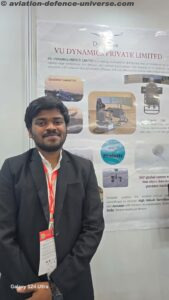
Abhishek. Absolutely. Our systems are built from scratch based on customer requirements—whether it’s payload capacity or deployment conditions. For example, we don’t just modify a 6 kg drone to carry 5 kg; we design a dedicated system optimized for that exact need.
ADU. How self-reliant is your manufacturing process?
Abhishek. Nearly all components are developed in-house at our facility at IIT Kanpur—drones, launchers, and simulators. We have a compact team of around 30, capable of producing 30-50 units per month. The only imports are communication modules and specific motors from Europe due to stringent performance requirements.
ADU. What are the simulator’s capabilities?
Abhishek. The simulator is designed to be versatile—it supports various UAV configurations, integrates 3D terrain data, and includes modules like artillery-based simulation, swarm behavior, drone interception, and VR-based training. It provides a comprehensive, scalable training solution.
ADU. Have you engaged with the Indian Army?
Abhishek. Yes, we’ve signed an MoU with the Indian Army and delivered a simulator unit to them. We continue to evolve the product based on their feedback and specific use cases.
ADU. How do you ensure the systems perform in varied environments?
Abhishek. We conduct thorough testing, including battery tests in thermal chambers at temperatures down to -40°C. All our systems are engineered for reliability across India’s diverse operational landscapes.
ADU. What’s your vision for the future of indigenous defence technology?
Abhishek. Our vision is to achieve full-stack indigenization—developing every subsystem, not just assembling drones from imported parts. This is aligned with ‘Atmanirbhar Bharat’ and ensures strategic self-reliance in the UAV domain.
Vu Dynamics’ work out of IIT Kanpur is a strong example of how India’s academic ecosystem is contributing to defence innovation. Their comprehensive in-house development model, combined with field-focused design, is helping build a robust indigenous UAV and simulation capability.
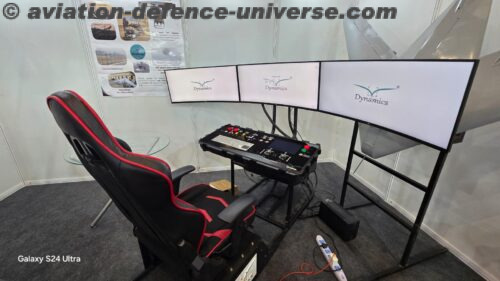
Across various IIT campuses—from Kanpur and Bombay to Madras and Hyderabad—incubation cells have nurtured startups in diverse sectors including deeptech, clean energy, health tech, agritech, artificial intelligence, aerospace, and DEFENCE. For instance, IIT Kanpur’s Startup Incubation and Innovation Centre (SIIC) has supported ventures like View Dynamics in the UAV space, while IIT Madras’s Research Park has propelled startups in electric mobility and industrial automation. These hubs are not only driving innovation but also contributing to national initiatives like ‘Make in India’ and ‘Atmanirbhar Bharat’ by fostering indigenous technologies.
Support from these incubation centers goes beyond infrastructure—it includes seed funding, government grants, corporate partnerships, patent facilitation, and sometimes even market access through defence or public sector collaborations. Many incubated startups have successfully transitioned into mainstream companies, attracting private investment and creating employment. By combining academic rigour with entrepreneurial opportunity, IIT incubators are helping India emerge as a global innovation hub.
As told to Sangeeta Saxena














